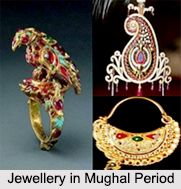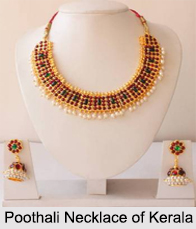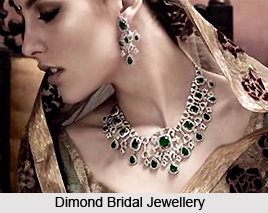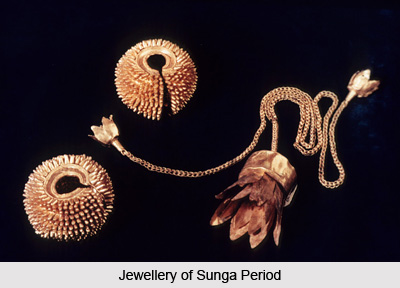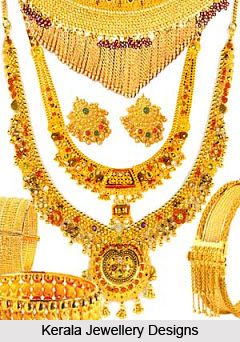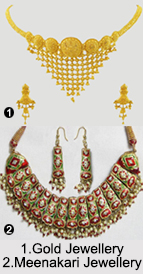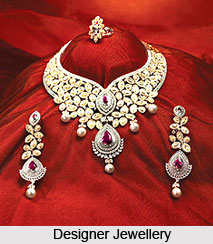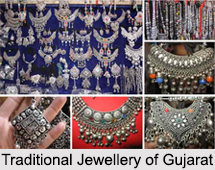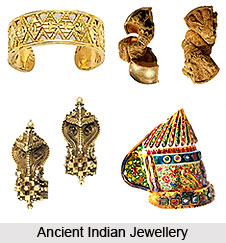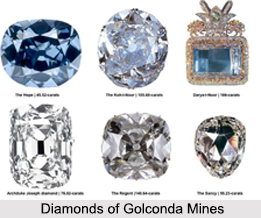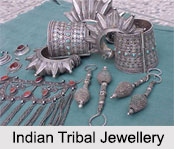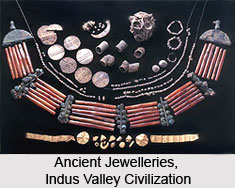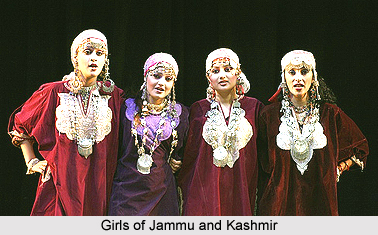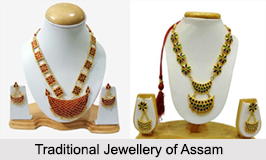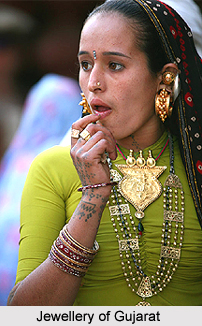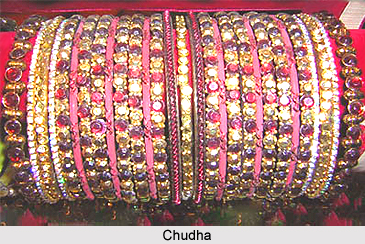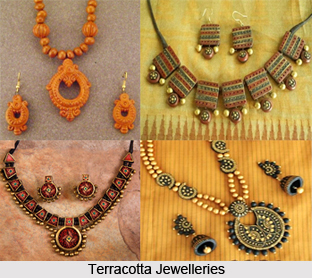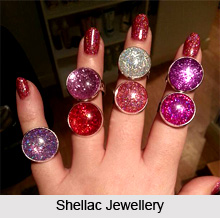 Shellac is obtained from the scale insects, Laccifer lacca. It is quite commonly found in India and Thailand. The female insect is the major producer of the shellac. Shellac has been used for centuries in India for a variety of purposes including medicines, dies, fixers and cosmetics. Lac jewellery is treasured in the traditional ceremonies. Apart from the ornaments it is also used for textile dyes, trinkets, pillboxes, sealing wax, fireworks, electrical insulators and other handicraft & gift items. It can be mixed with alcohol to make furniture varnish.
Shellac is obtained from the scale insects, Laccifer lacca. It is quite commonly found in India and Thailand. The female insect is the major producer of the shellac. Shellac has been used for centuries in India for a variety of purposes including medicines, dies, fixers and cosmetics. Lac jewellery is treasured in the traditional ceremonies. Apart from the ornaments it is also used for textile dyes, trinkets, pillboxes, sealing wax, fireworks, electrical insulators and other handicraft & gift items. It can be mixed with alcohol to make furniture varnish.
